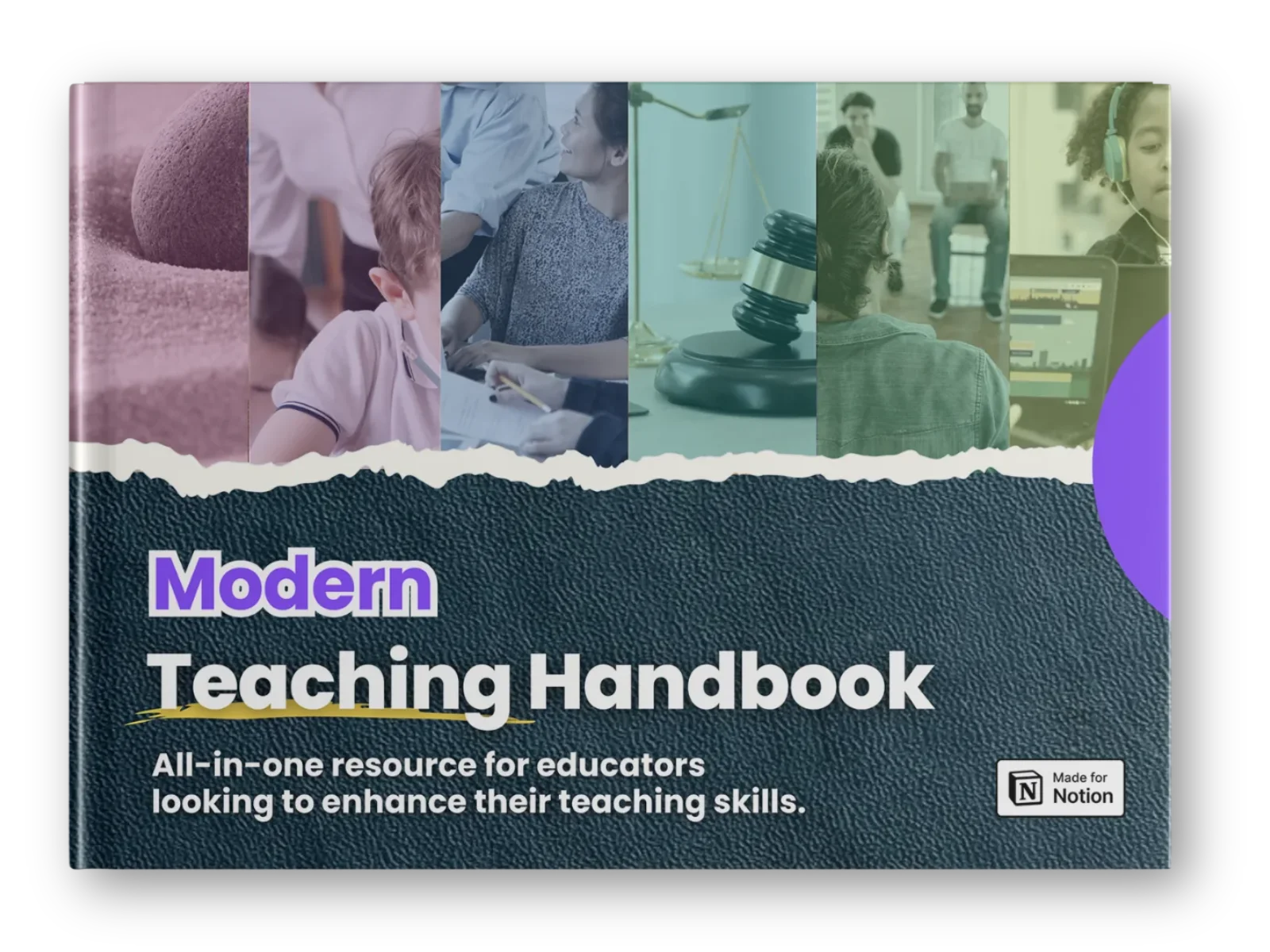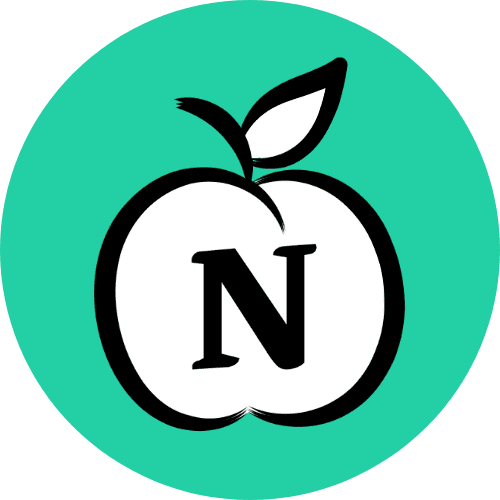Modern Teaching Handbook
Master modern education with the all-in-one resource for educators. Get your free copy now!



Top Tools to Support Creative Writers in the Classroom
Top Tools to Support Creative Writers in the Classroom
Top Tools to Support Creative Writers in the Classroom

Article by
Milo
ESL Content Coordinator & Educator
ESL Content Coordinator & Educator
All Posts
Creative writing opens the door to expression, imagination, and confidence. For teachers, fostering this kind of work means creating an environment where students feel free to take risks and where structure quietly supports their ideas behind the scenes. With the right tools, managing the process becomes easier, feedback becomes more meaningful, and students gain a sense of authorship that lasts well beyond a single assignment.
From organizing early drafts to preparing final pieces for publication, today’s classroom can lean on more than just word processors and sticky notes. Digital tools now offer smarter ways to guide young writers while respecting their creative process.
Creative writing opens the door to expression, imagination, and confidence. For teachers, fostering this kind of work means creating an environment where students feel free to take risks and where structure quietly supports their ideas behind the scenes. With the right tools, managing the process becomes easier, feedback becomes more meaningful, and students gain a sense of authorship that lasts well beyond a single assignment.
From organizing early drafts to preparing final pieces for publication, today’s classroom can lean on more than just word processors and sticky notes. Digital tools now offer smarter ways to guide young writers while respecting their creative process.
Modern Teaching Handbook
Master modern education with the all-in-one resource for educators. Get your free copy now!

Modern Teaching Handbook
Master modern education with the all-in-one resource for educators. Get your free copy now!

Modern Teaching Handbook
Master modern education with the all-in-one resource for educators. Get your free copy now!

Notion for Organizing Creative Projects
Keeping track of student writing across drafts, feedback rounds, and formats can quickly get messy. Notion helps streamline everything without putting creativity in a box. With customizable databases and drag-and-drop blocks, teachers can set up collaborative spaces where students plan, write, and revise in one place.
A simple Kanban board can become a writing pipeline. Templates make it easy to reuse assignment structures, and inline comments let students give and receive feedback without juggling documents. Whether it’s poetry, flash fiction, or personal narratives, Notion gives students a sense of progress and ownership.
When paired with strategies to overcome common writing challenges, this structure helps students stay focused and confident throughout the creative process.
Storybird for Visual Storytelling
For students who light up at the sight of an image, Storybird offers a place to start. Its collection of curated illustrations serves as prompts for students to build poems or stories around, helping even hesitant writers find their voice.
Teachers can use it for creative warm-ups, guided writing sessions, or project-based learning. The platform is intuitive and designed with classrooms in mind. It supports both short assignments and more ambitious pieces. Finished work can be printed or shared digitally, giving students a tangible connection to their creativity.
Grammarly for Independent Revision
Revision can feel like a chore, especially if students don’t know where to start. Grammarly helps them catch errors in grammar and punctuation, but it goes further than that. It nudges them to rethink tone, clarity, and word choice, which makes it especially useful for polishing creative work.
With Grammarly for Education, teachers can oversee student use and track patterns in their writing. It’s a useful checkpoint during early edits, offering suggestions that reinforce lessons already taught in class while keeping students in control of their voice.
Reedsy for Professional Editing Support
Some pieces deserve to be more than a classroom assignment. For students preparing for contests, submitting to publications, or collaborating on an anthology, working with a professional poetry editor can turn strong writing into something truly polished.
Partnering with an editor gives students a glimpse into the real-world writing process—what it means to refine tone, tighten structure, and clarify intent without losing authenticity. It’s not about perfection. It’s about showing students that their work matters enough to be taken seriously.
Canva for Designing Student Publications
When the writing is done, design takes center stage. Canva makes it simple to turn student work into digital magazines, chapbooks, or zines that look sharp and feel personal. With access to templates, fonts, and graphics, students can design their layouts and create a finished product worth sharing.
Teachers can use it for group anthologies or let students create portfolios. The process adds dimension to their writing projects, giving them a reason to consider visual impact, audience, and cohesion—all without needing to learn complex design tools.
Book Creator for Interactive Publishing
For something more dynamic, Book Creator lets students build interactive ebooks. They can mix text with audio, images, or video, bringing their narratives to life. It works well for collaborative storytelling or themed collections and is accessible enough for younger grades while still offering depth for older students.
Finished books can be shared online or downloaded as PDFs, making them easy to distribute during family nights, school events, or digital showcases. Students see their stories as something worth presenting, not just handing in.
Bringing Creative Writing to Life with the Right Tools
Supporting student writers means building systems that respect their ideas, allow revision, and offer real outlets for publication. With the right mix of tools—some to organize, some to refine, others to share—teachers can create a space where student voices are heard and celebrated.
Creative writing isn’t just a task to complete. It’s an opportunity to think deeply, express freely, and build skills that reach far beyond the page.
Notion for Organizing Creative Projects
Keeping track of student writing across drafts, feedback rounds, and formats can quickly get messy. Notion helps streamline everything without putting creativity in a box. With customizable databases and drag-and-drop blocks, teachers can set up collaborative spaces where students plan, write, and revise in one place.
A simple Kanban board can become a writing pipeline. Templates make it easy to reuse assignment structures, and inline comments let students give and receive feedback without juggling documents. Whether it’s poetry, flash fiction, or personal narratives, Notion gives students a sense of progress and ownership.
When paired with strategies to overcome common writing challenges, this structure helps students stay focused and confident throughout the creative process.
Storybird for Visual Storytelling
For students who light up at the sight of an image, Storybird offers a place to start. Its collection of curated illustrations serves as prompts for students to build poems or stories around, helping even hesitant writers find their voice.
Teachers can use it for creative warm-ups, guided writing sessions, or project-based learning. The platform is intuitive and designed with classrooms in mind. It supports both short assignments and more ambitious pieces. Finished work can be printed or shared digitally, giving students a tangible connection to their creativity.
Grammarly for Independent Revision
Revision can feel like a chore, especially if students don’t know where to start. Grammarly helps them catch errors in grammar and punctuation, but it goes further than that. It nudges them to rethink tone, clarity, and word choice, which makes it especially useful for polishing creative work.
With Grammarly for Education, teachers can oversee student use and track patterns in their writing. It’s a useful checkpoint during early edits, offering suggestions that reinforce lessons already taught in class while keeping students in control of their voice.
Reedsy for Professional Editing Support
Some pieces deserve to be more than a classroom assignment. For students preparing for contests, submitting to publications, or collaborating on an anthology, working with a professional poetry editor can turn strong writing into something truly polished.
Partnering with an editor gives students a glimpse into the real-world writing process—what it means to refine tone, tighten structure, and clarify intent without losing authenticity. It’s not about perfection. It’s about showing students that their work matters enough to be taken seriously.
Canva for Designing Student Publications
When the writing is done, design takes center stage. Canva makes it simple to turn student work into digital magazines, chapbooks, or zines that look sharp and feel personal. With access to templates, fonts, and graphics, students can design their layouts and create a finished product worth sharing.
Teachers can use it for group anthologies or let students create portfolios. The process adds dimension to their writing projects, giving them a reason to consider visual impact, audience, and cohesion—all without needing to learn complex design tools.
Book Creator for Interactive Publishing
For something more dynamic, Book Creator lets students build interactive ebooks. They can mix text with audio, images, or video, bringing their narratives to life. It works well for collaborative storytelling or themed collections and is accessible enough for younger grades while still offering depth for older students.
Finished books can be shared online or downloaded as PDFs, making them easy to distribute during family nights, school events, or digital showcases. Students see their stories as something worth presenting, not just handing in.
Bringing Creative Writing to Life with the Right Tools
Supporting student writers means building systems that respect their ideas, allow revision, and offer real outlets for publication. With the right mix of tools—some to organize, some to refine, others to share—teachers can create a space where student voices are heard and celebrated.
Creative writing isn’t just a task to complete. It’s an opportunity to think deeply, express freely, and build skills that reach far beyond the page.
Modern Teaching Handbook
Master modern education with the all-in-one resource for educators. Get your free copy now!

Modern Teaching Handbook
Master modern education with the all-in-one resource for educators. Get your free copy now!

Modern Teaching Handbook
Master modern education with the all-in-one resource for educators. Get your free copy now!

Table of Contents
Modern Teaching Handbook
Master modern education with the all-in-one resource for educators. Get your free copy now!
2025 Notion4Teachers. All Rights Reserved.
2025 Notion4Teachers. All Rights Reserved.
2025 Notion4Teachers. All Rights Reserved.
2025 Notion4Teachers. All Rights Reserved.







